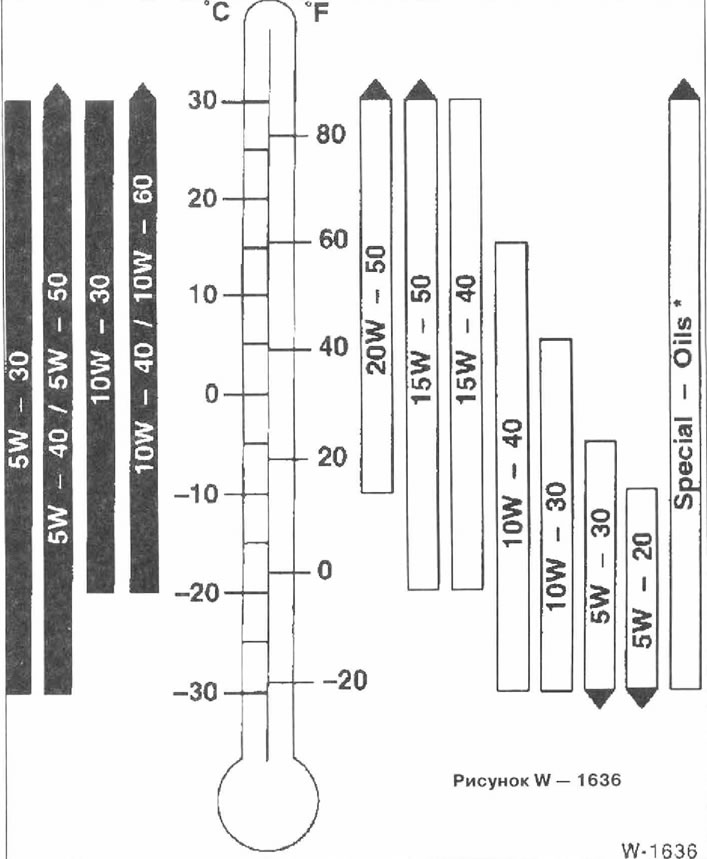On a cold engine, the oil must be thin enough to not impede the operation of the starter and to be able to penetrate all lubrication points as quickly as possible.
Viscosity is identical to the internal friction of the oil and is classified according to the SAE system (Society of Automotive Engineers), such as SAE 30, SAE 10, etc. Large SAE indexes are assigned to thick oils, low SAE indexes are assigned to liquid oils. But viscosity is not a characteristic of the lubricating properties of the oil.

